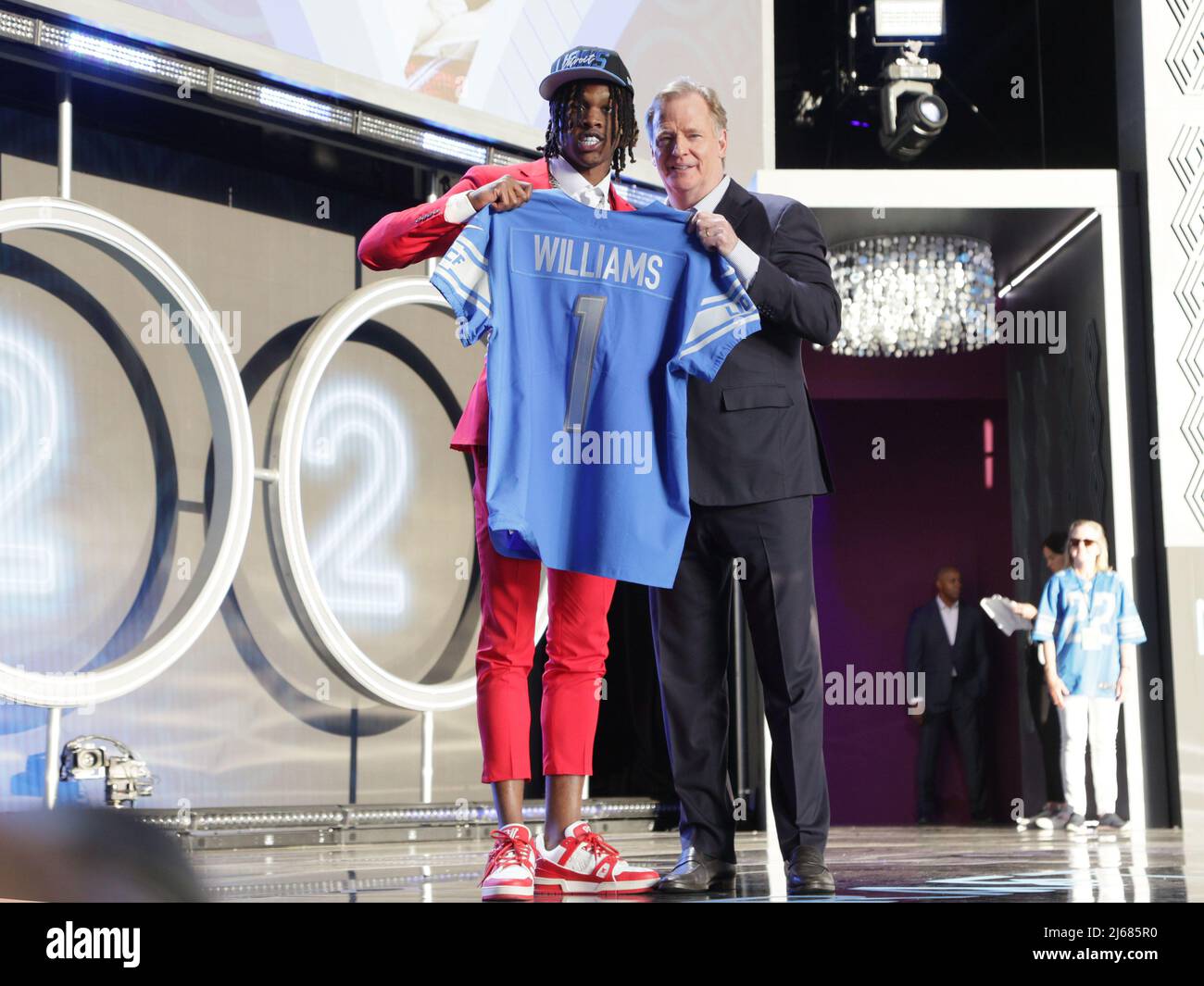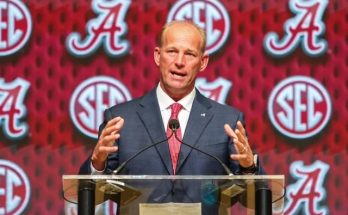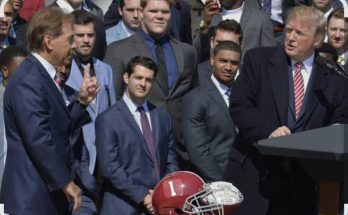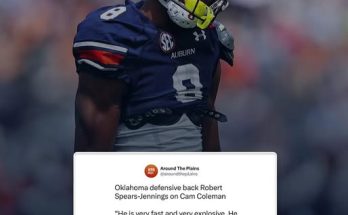The Detroit Lions are at a critical juncture with wide receiver Jameson Williams. As they approach the deadline to exercise his fifth-year option, they must decide whether to commit approximately $15.493 million to keep him through the 2026 season. This move would not only secure Williams’ services but also signal the organization’s belief in his potential as a cornerstone of their offense.
Williams’ journey with the Lions has been anything but straightforward. From an ACL injury that delayed his rookie season to a suspension for violating the NFL’s gambling policy, he has had a tumultuous start to his professional career. However, his undeniable speed and playmaking ability have kept the Lions invested in his development. Now, with a crucial financial decision looming, Detroit’s front office must weigh the risks and rewards of betting big on Williams.
Jameson Williams’ Journey in Detroit
Drafted with High Expectations
The Lions selected Jameson Williams 12th overall in the 2022 NFL Draft, trading up to secure him despite his ACL injury. His college performance at Alabama was electric—79 receptions for 1,572 yards and 15 touchdowns in his final season. His ability to take the top off defenses made him an attractive prospect, even with injury concerns.
Early Struggles and Suspensions
Williams’ rookie season was largely a redshirt year. He returned late in the 2022 campaign, appearing in six games but managing only one reception—a 41-yard touchdown. Expectations for 2023 were high, but a six-game suspension for violating the NFL’s gambling policy derailed his momentum.
Despite these challenges, Williams flashed his potential when he returned to action. He finished 2023 with 27 receptions for 427 yards and three touchdowns in 12 games. While not eye-popping numbers, his speed and separation ability were evident, keeping hopes alive that he could develop into a true WR1 or high-end WR2.
The Financial Implications of the Fifth-Year Option
The fifth-year option is a mechanism that allows teams to retain first-round draft picks for an additional season beyond their standard four-year rookie contracts. For Williams, the price tag is an estimated $15.493 million.
How the Option is Calculated
The cost of a fifth-year option varies based on several factors:
- Draft Position: Williams was a top-20 selection, placing him in a higher salary bracket.
- Playing Time: Options increase in value if a player meets snap-count thresholds, though Williams’ injuries and suspension have kept his number lower than some of his peers.
- Pro Bowl Selections: If a player has made multiple Pro Bowls, their fifth-year option increases significantly. Williams has not yet reached this level.
Salary Cap Considerations for the Lions
The Lions’ wide receiver room is an interesting mix of established production and potential:
- Amon-Ra St. Brown: Detroit’s top receiver, entering the final year of his rookie contract, is due for a significant extension.
- Kalif Raymond: A reliable veteran with a cap hit of $6.38 million.
- Jameson Williams: Currently carries a cap hit of $5.6 million but would jump to nearly $15.5 million if the option is picked up.
- Tim Patrick: Signed as a depth piece for $2.5 million.
Detroit’s current wide receiver spending ranks 10th in the NFL. Committing nearly $15.5 million to Williams in 2026 would likely push them even higher, especially if St. Brown receives a top-market extension.
Strategic Considerations for the Lions
Why the Lions Might Pick Up the Option
- Long-Term Investment in Speed Williams possesses rare speed that few players in the league can match. His ability to stretch the field opens opportunities for the entire offense.
- Developmental Curve Williams has shown flashes of brilliance but has lacked consistency due to external factors. The Lions may believe that with a full offseason and increased reps, he can become the dynamic weapon they envisioned.
- Maintaining Roster Flexibility Picking up the fifth-year option ensures Detroit doesn’t have to make an early extension decision or risk losing him in free agency. If he breaks out in 2024, he could command significantly more than $15.5 million per year on the open market.
Why the Lions Might Decline the Option
- Cap Allocation and Other Priorities The Lions have key financial decisions looming. St. Brown and offensive tackle Penei Sewell are both due for extensions, and Jared Goff’s future remains uncertain. Allocating $15.5 million to an unproven receiver may not be the wisest use of resources.
- Limited Sample Size Williams has yet to prove he can consistently produce over a full season. The Lions might prefer a “wait and see” approach before committing big money.
- Alternative Contract Structures Detroit could decline the option but still negotiate a more team-friendly extension, allowing them to structure Williams’ deal in a way that benefits both parties.
Comparing Williams to Other Fifth-Year Option Cases
Detroit’s decision on Williams can be contextualized by looking at similar cases in recent years:
- Henry Ruggs (Raiders, 2020): Drafted for his speed but never materialized into a top receiver before off-field issues ended his career. His option was never considered.
- Marquise Brown (Ravens, 2019): A speedster who showed flashes but was inconsistent. Baltimore declined his option and traded him to Arizona.
- Jaylen Waddle (Dolphins, 2021): A speed receiver who developed into a legitimate No. 1 option. Miami is expected to exercise his option.
Williams’ situation falls somewhere in between. He has the talent but hasn’t proven himself at the level of a Waddle, making the Lions’ decision more difficult.
Potential Outcomes and Predictions
If the Lions pick up Williams’ fifth-year option, they are committing to his development as a foundational piece of their offense. This move would suggest confidence in his ability to take the next step and become a high-impact player.
If they decline, it doesn’t necessarily mean they are moving on. It could be a strategic move to allow flexibility while keeping open the possibility of a contract extension at a more reasonable rate.



